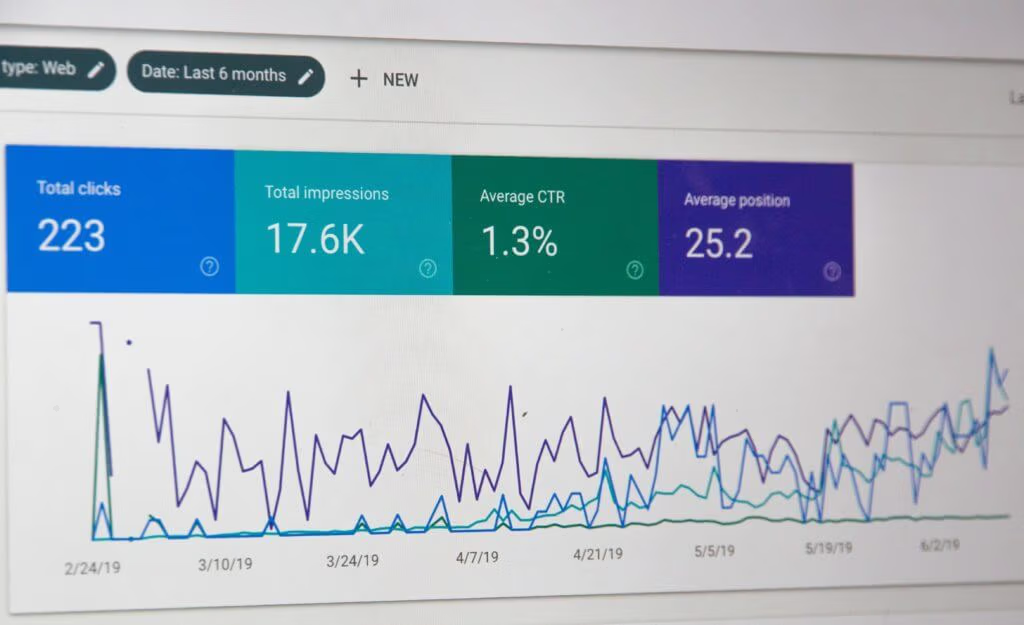Writing a great blog for your website is a huge asset in digital marketing. Creating that blog with search engine optimization (SEO) in mind is even better! Today we will explore the basics of blog writing with SEO. Don’t get overwhelmed! With a few simple tips, you will find it is easier than you think!
The Core Elements of Blog Writing with SEO
As a staff writer for Dogwood, my job is to create quality blog content for our sites and also for our client’s sites. I came to Dogwood with a degree in Biology and not digital marketing, but also with a love of people and communication.
Learning SEO was very intimidating at first. Since I first began I have learned and perfected the technical skills on how to craft a blog so that search engines can easily follow the content. All this to say, if I can learn it so can you!
Keywords
Before I begin to write a blog I think of my subject matter and what keywords I would like the content to be connected to when search engines link to it. Keywords are “key” to blog writing with SEO (pun intended!) Keywords can be one word or a phrase. Think of what people are searching for when they find your site. For this blog, my keywords are “Blog Writing with SEO.” Since this is the main subject that phrase will be mentioned a few times naturally. Notice my keyword is also part or all of my title. For more information on researching the best keywords to use in your content check out our blog Choosing Effective Keywords with SEO.
When writing you also want your introductory paragraph to include your keyword as soon as possible. The “snippet” should include the keyword if at all possible. The snippet is the small summary that is listed below the website address in search engine results.
Links
Part of SEO is that the search engines (particularly Google) want to see that you are connected to the internet world around you. The way you do this is by using external links (links that take your reader to another website) and an internal link (a link that takes your reader to another page of your website) So a good blog that is written with SEO in mind contains at least one external link and one internal link.
External Links
When choosing an external link in your blog writing, I recommend keeping it as neutral as possible. Even though many digital marketing companies share wonderful content it would not be smart for me to link to them in fear my reader might click on that link and then decide to work with them! Instead, I like to link to neutral sites like google business articles, digital research companies, or reputable news articles. Your external link can be a simple one or an article that you are citing statistics from.
Internal Links
The more blog content you have on your site makes the internal link easier and easier. If you notice in the opening paragraph the words “great blog” are hyperlinked to a previous blog post I wrote on why your website should have a blog. If you cannot find a previous article to link to internally, you can always link the contact page or about page in your writing. For more information on link building, you might like our post Site Authority and Your SEO Strategy
Tags
When formatting your blog on your website, you want to think in terms of tags. Tags are similar to chapter titles when reading a book. If you look at the flow of this blog, you will see subject headers above each paragraph. These will be labeled as tags when I get ready to post this blog. A good SEO blog has a title (also the H1 tag) with the keyword and one or more H2 tags. If you can incorporate your keyword into an H2 tag that is great but don’t go overboard or else your SEO rating may be negatively affected. At this point in your reading, my H2 tag is the heading “The Core Elements of Blog Writing with SEO” and then because the headings of the next paragraphs are all part of that subject, I have labeled them as H3.
Tags run from H1 to H6 with the lower number being held with the highest importance by search engines. This is why your title and H2 should include your keyword if possible. When posting your blog in the back end of your website, you should see an option for the text that usually defaults to “paragraph.” If you access this drop-down menu you can change the text you selected to the tag you want.
Featured Image and Alt Text
Be sure to include a featured image in your blog writing. You can add other images if you want also. Every image that is part of your blog, should have what is called “alt text” assigned to it. You do this in the description part when you upload. This is not the caption but it is meant for those with low vision needs and search engines. Alt text (or alternative text) is a basic description of what it is a picture of. Alt-text is not seen to the reader and will not show up when you post your blog.
Part of SEO is showing that you take care of your website and create it with the needs of all people in mind. This includes those that may not be able to see the images clearly but want to know what they show. If you can include your keyword in your alt text then that helps your SEO score but don’t put the keyword in JUST to put the keyword in. Search engines don’t like that. Make sure the description you write is appropriate.
Length of Your Content
Yoast recommends at least 300 words for the strongest blog writing with SEO. Your content can be shorter but may not perform as well. Search engines need to be able to scan the content easily (hence the tags mentioned above) and know what the subject matter is generally about. My blog posts hover around 500 words and are sometimes much longer (I can get wordy can you tell?)
Let’s Recap…
I know I have unloaded a lot on you so far so let me summarize. To achieve the best SEO ratings as possible for your blog content your blog should include the following:
- A Title/H1 Tag with a strong keyword
- At least one H2 tag but preferably more. If the keyword can be included in the H2 tag that is even better.
- At least one outbound link
- At least one inbound link
- A featured image
- All images with alt text
- Word count of at least 300 words
Sharing regular blog content with your audience positions you as the expert in your field, helps you to connect with your audience, adds to your overall website SEO rating, and creates more content for newsletter subscribers and social media content. When you write your blogs with SEO in mind it will strengthen all of the above even more!
Let Us Help
The crew at Dogwood has many wonderful content creators that produce valuable blog writing with SEO for our clients. We would love to take that task off your hands. We can also set up and monitor website SEO on the back end (the really technical parts that I do not fully understand myself but our brilliant team does!) We are here to serve you and make your digital presence the strongest it can be! Contact us today and let’s get a conversation started.


